10 models to be discontinued in 2026, fuel vehicles are gradually leaving us
[PCauto] As the global automotive industry accelerates its transition to electrification, a series of classic fuel models will officially exit the stage of history by 2026.
These models not only represent the technological essence of their respective brands but also carry the car memories of generations. Their departure signifies the demise of fuel-powered cars.
BMW X4 and BMW 8
The discontinuation of the BMW X4 reflects the evolution of niche markets. As the pioneer of the SAC (Sports Activity Coupe) segment, the first-generation X4 was launched in 2014 and was well-received by young consumers for its unique fastback design and precise handling.
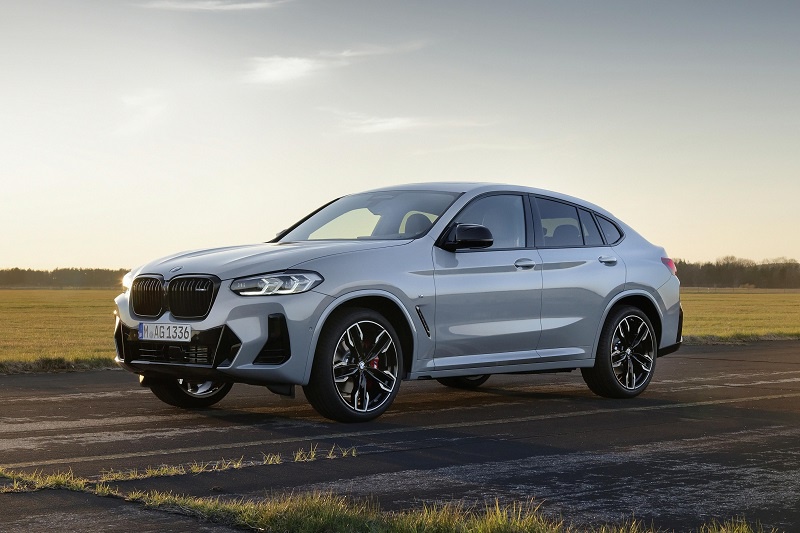
The second-generation model, launched in 2020, enhanced its technological features but faced declining sales due to the overall contraction of the coupe-SUV market.
The farewell of the 8 Series family is particularly lamentable. This flagship coupe was revived in 2018, offering multiple body styles including Coupe, Gran Coupe, and Convertible. The M8 Competition version, equipped with a 4.4T V8 engine, pushed performance to the extreme, with Nürburgring lap times comparable to professional sports cars.
However, the high starting price of $150,000 and limited market positioning meant its annual sales never exceeded 5,000 units, ultimately making way for the electrification strategy.
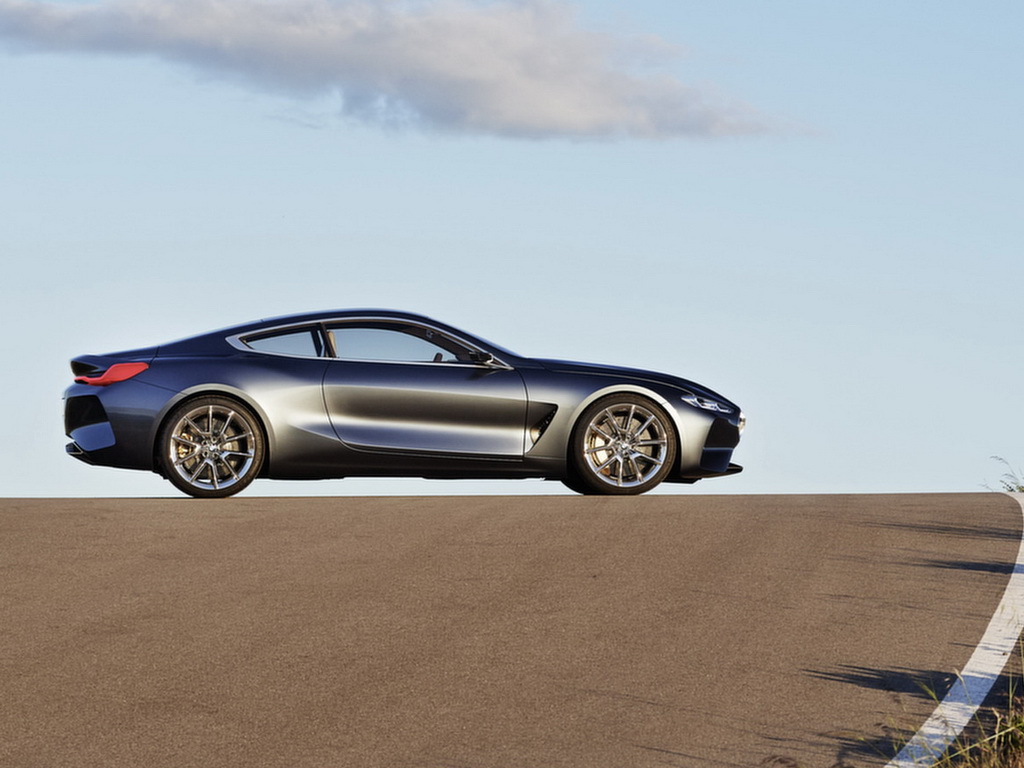
Mercedes-Benz GLC Coupe and GLE Coupe
The Mercedes-Benz GLC Coupe and GLE Coupe are also facing the fate of discontinuation. These coupe SUVs, introduced consecutively since 2015, successfully opened up the luxury coupe SUV segment with their luxurious DNA carrying the tri-star emblem and sporty design language.
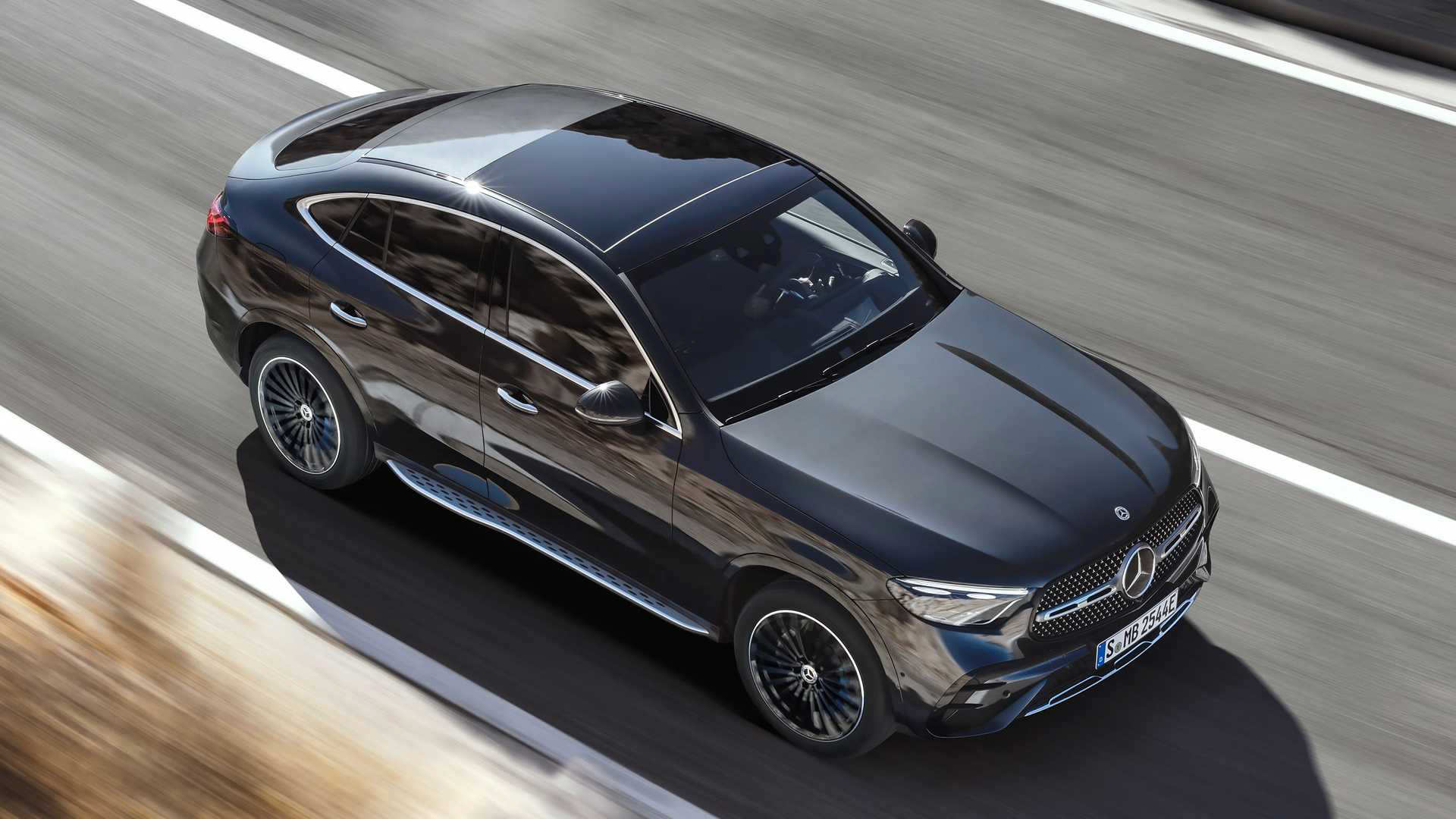
Especially the GLE Coupe, equipped with a 3.0T inline-six engine and the E-Active Body Control system, was once hailed as a technological benchmark.
The decision to discontinue stems from a product line integration plan, where the future EQ series of electric vehicles will take over the market positioning of these personalized models.
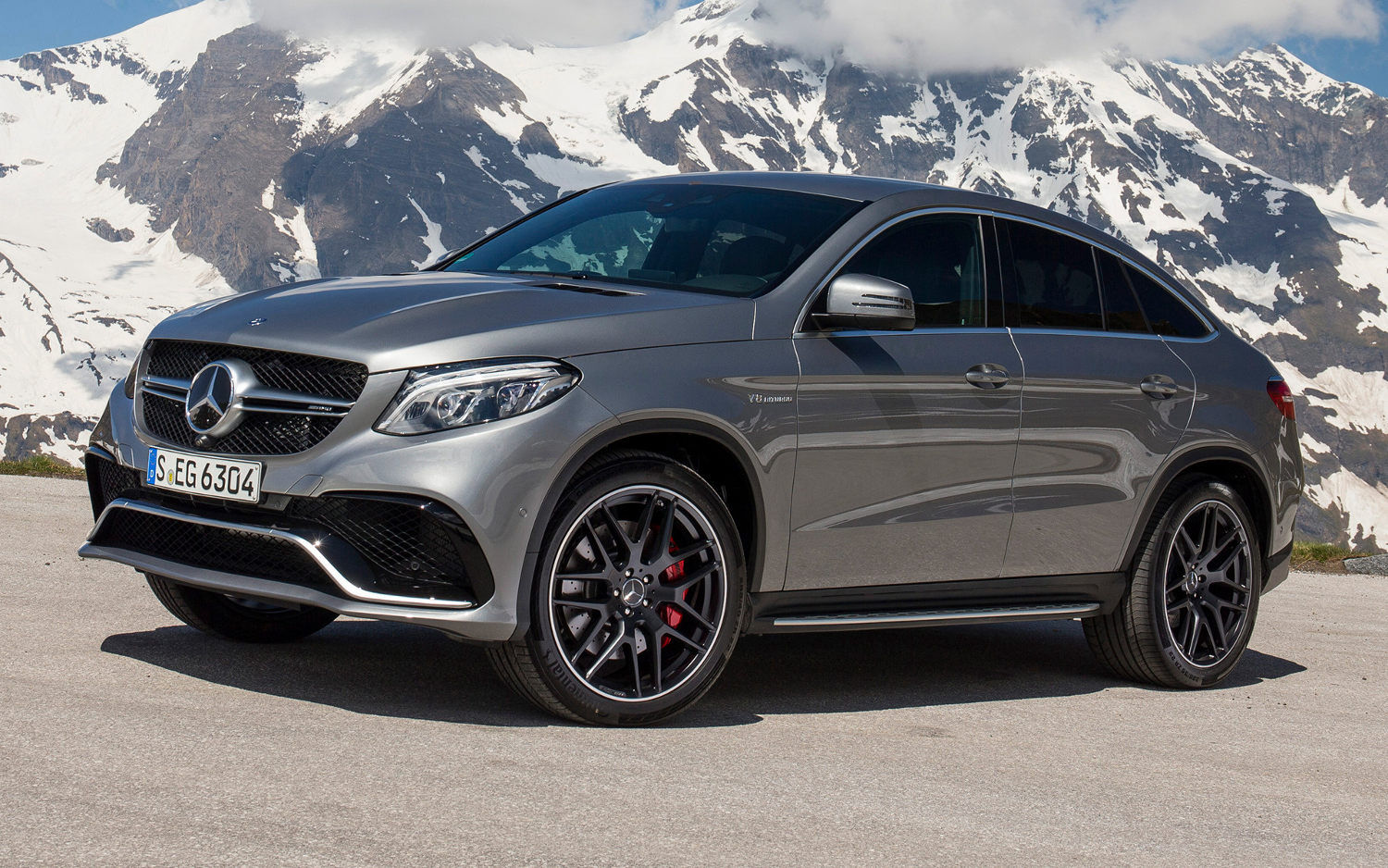
Chevrolet Blazer
The name “Blazer” carries the complete history of American SUV development. The first-generation K5 Blazer (1969-1991) was a true off-road powerhouse, featuring a body-on-frame construction shared with pickup trucks and a removable hardtop design, making it one of the most popular vehicles for outdoor adventures of its time.
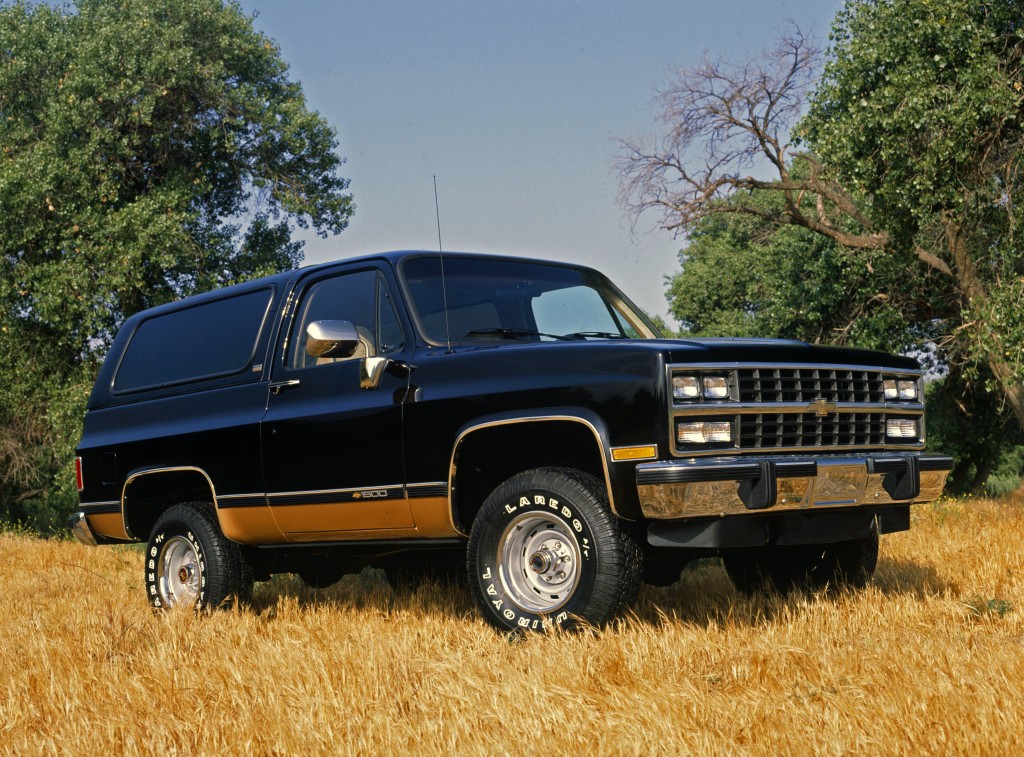
Between 1992 and 2005, the Blazer transitioned into a mid-size SUV. Although it lost its off-road genes, it became the most affordable multi-purpose vehicle for American families.
The 2019 revival was surprising, with the all-new Blazer adopting a Camaro-inspired design language. Its sharp LED daytime running lights and dual grille design showcase its sporty character.
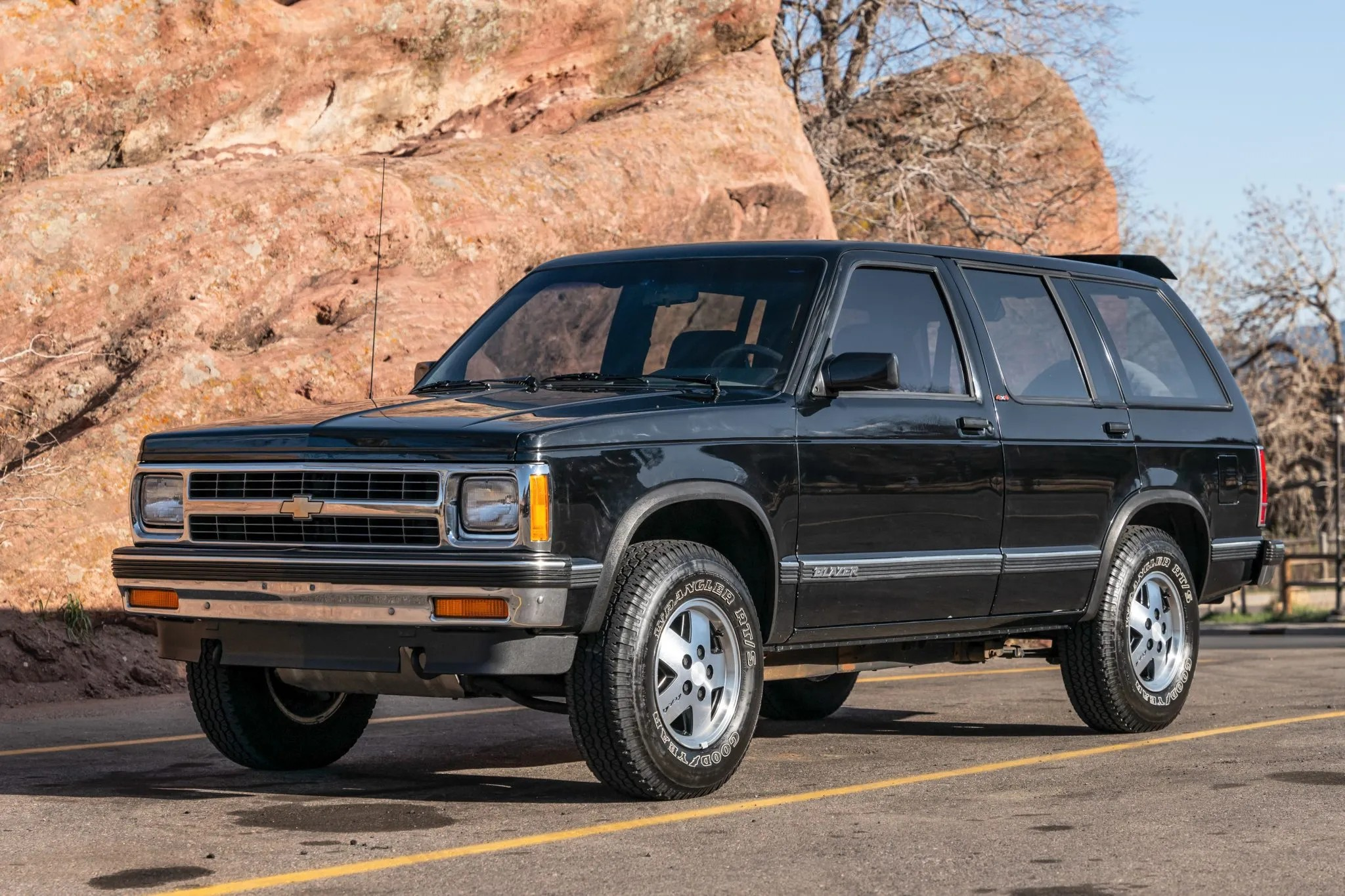
The RS version is equipped with a 3.6L V6 engine (308 horsepower) and an intelligent all-wheel-drive system, achieving 0-60 mph acceleration in just 6.2 seconds.
This model successfully attracted young consumers, achieving annual sales of 98,000 units in North America in 2021.
As the factory needs to make room for production capacity of new energy vehicles, the gasoline-powered Blazer will complete its historical mission in 2026.
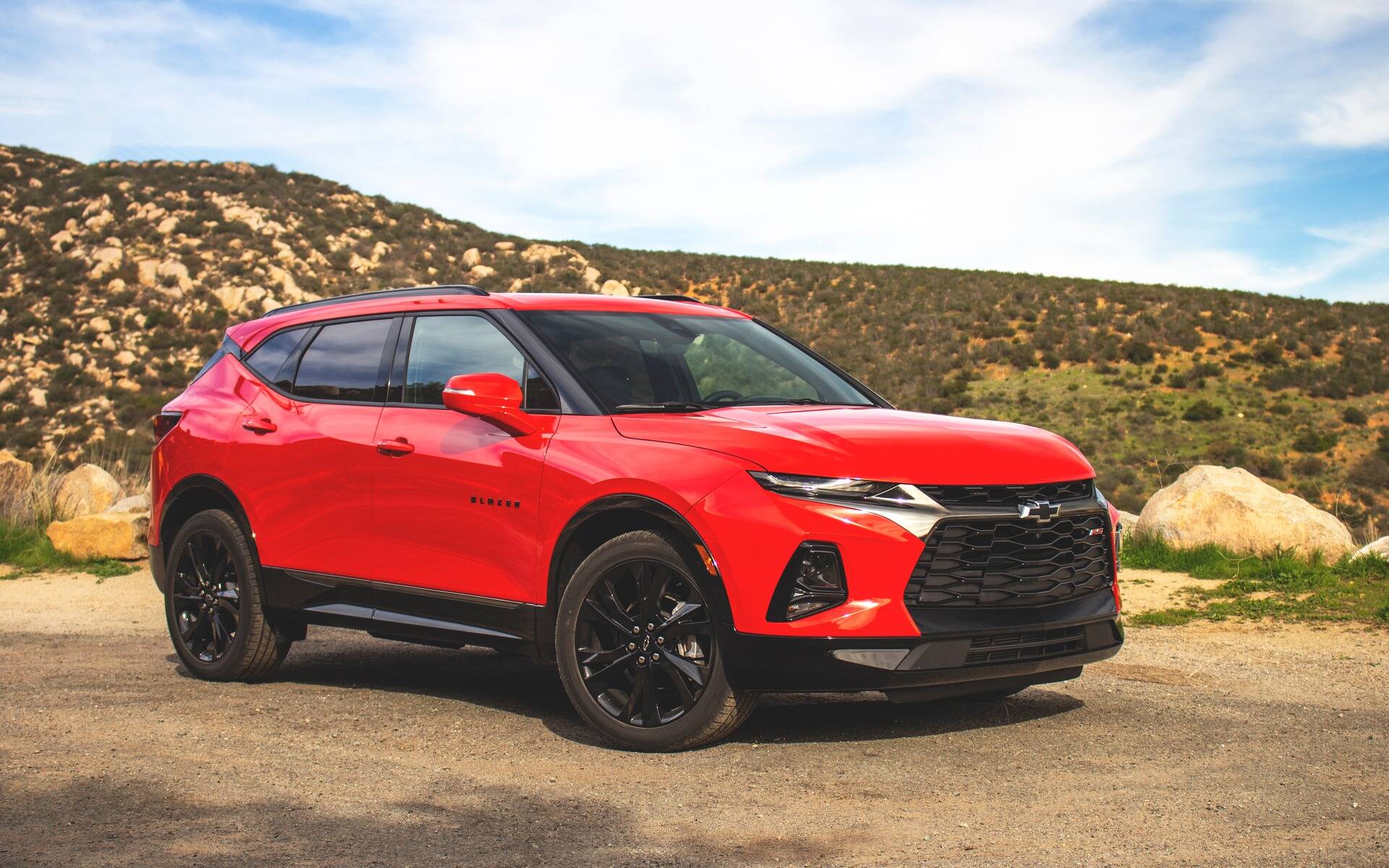
Ford Escape
The Ford Escape will not be available for sale in California, Massachusetts, New York, Oregon, Vermont, and Washington due to its powertrain not meeting California emission standards. As the region with the strictest emission regulations in the nation, California’s standards have been adopted by several states, including New York and Massachusetts.
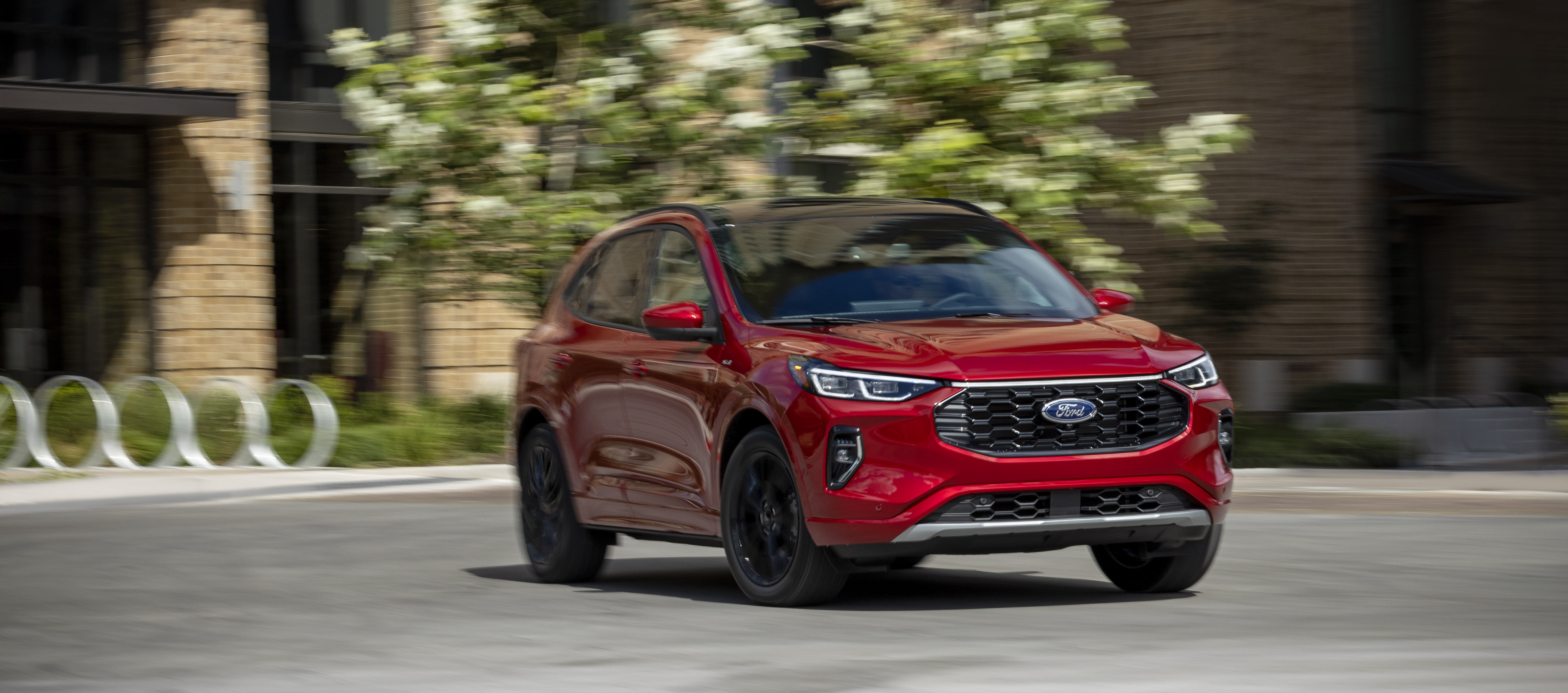
The current 1.5L and 2.0L EcoBoost four-cylinder engines, along with the 2.5L plug-in hybrid system in the Escape, have all failed to pass environmental certification in these regions.
While Ford has not officially confirmed this news, it is evident that delays in powertrain technology upgrades are the main reason.
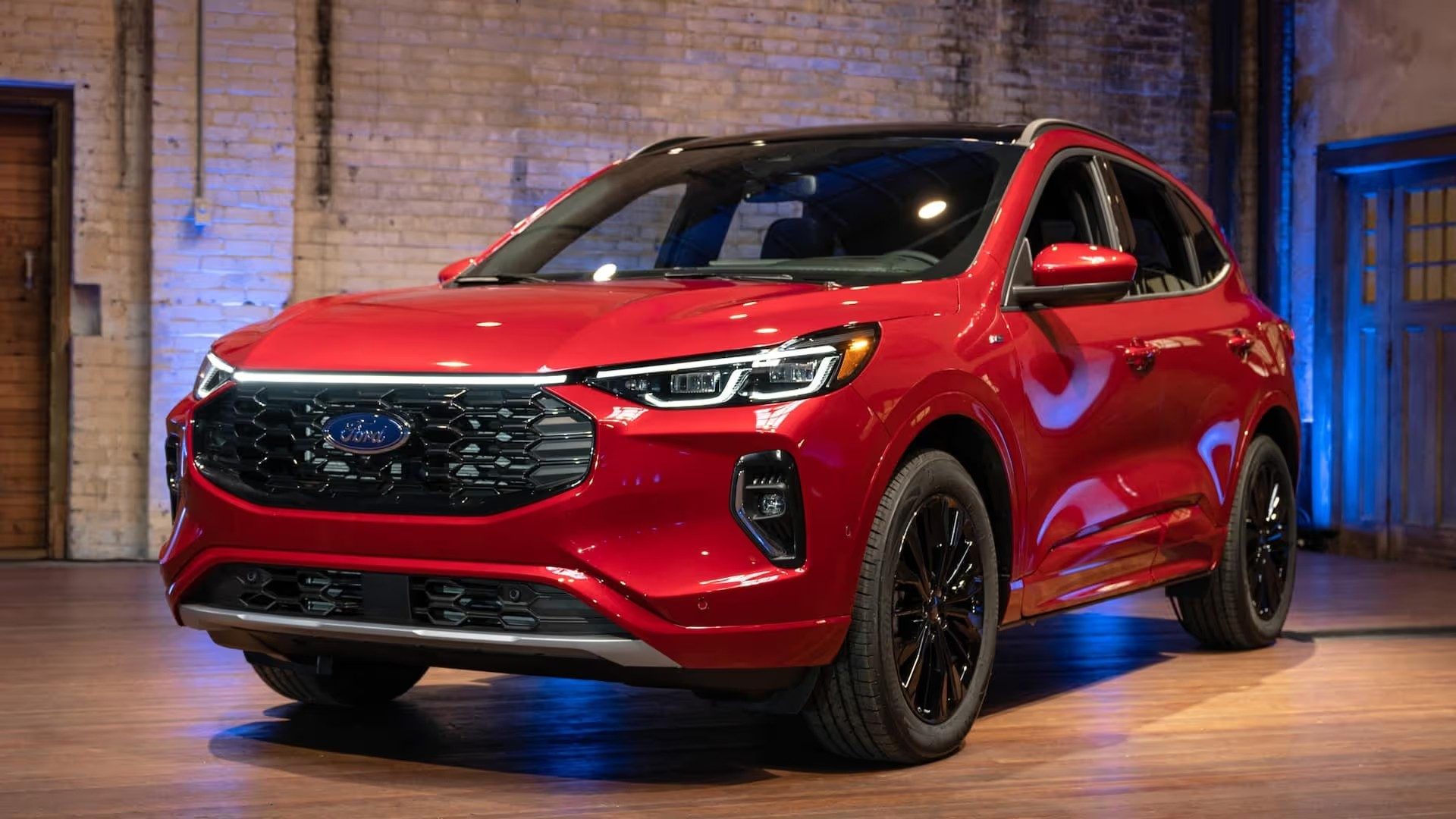
Despite facing regional sales bans, the Escape remains one of Ford’s best-selling models. Data shows that in 2024, the Ford Escape recorded 146,859 units sold in the U.S., a 4.2% year-over-year increase.
Sales in the first quarter of 2025 reached 37,357 units, a slight 2% year-over-year increase.
Looking back, the Escape achieved annual sales of over 300,000 units between 2014 and 2017, and maintained over 200,000 units between 2018 and 2019. Although sales have declined in recent years, its market foundation remains relatively strong.
Nissan Altima
The first generation of the Altima (1992-1997) was derived from the Nissan Stanza but significantly increased in size.
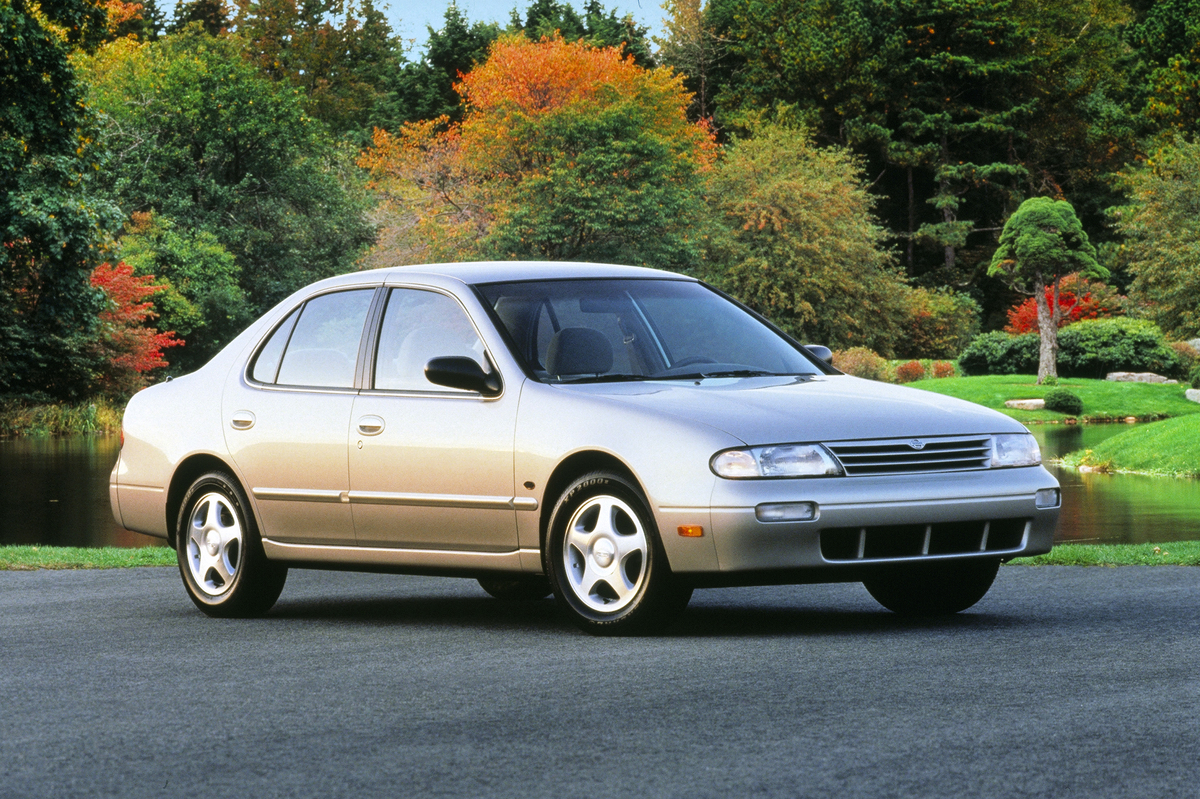
The second generation (1998-2001) began using the VQ series engine.
The third generation (2002-2006) was the first to offer a 3.5L V6 option, becoming one of the fastest front-wheel-drive sedans at the time.
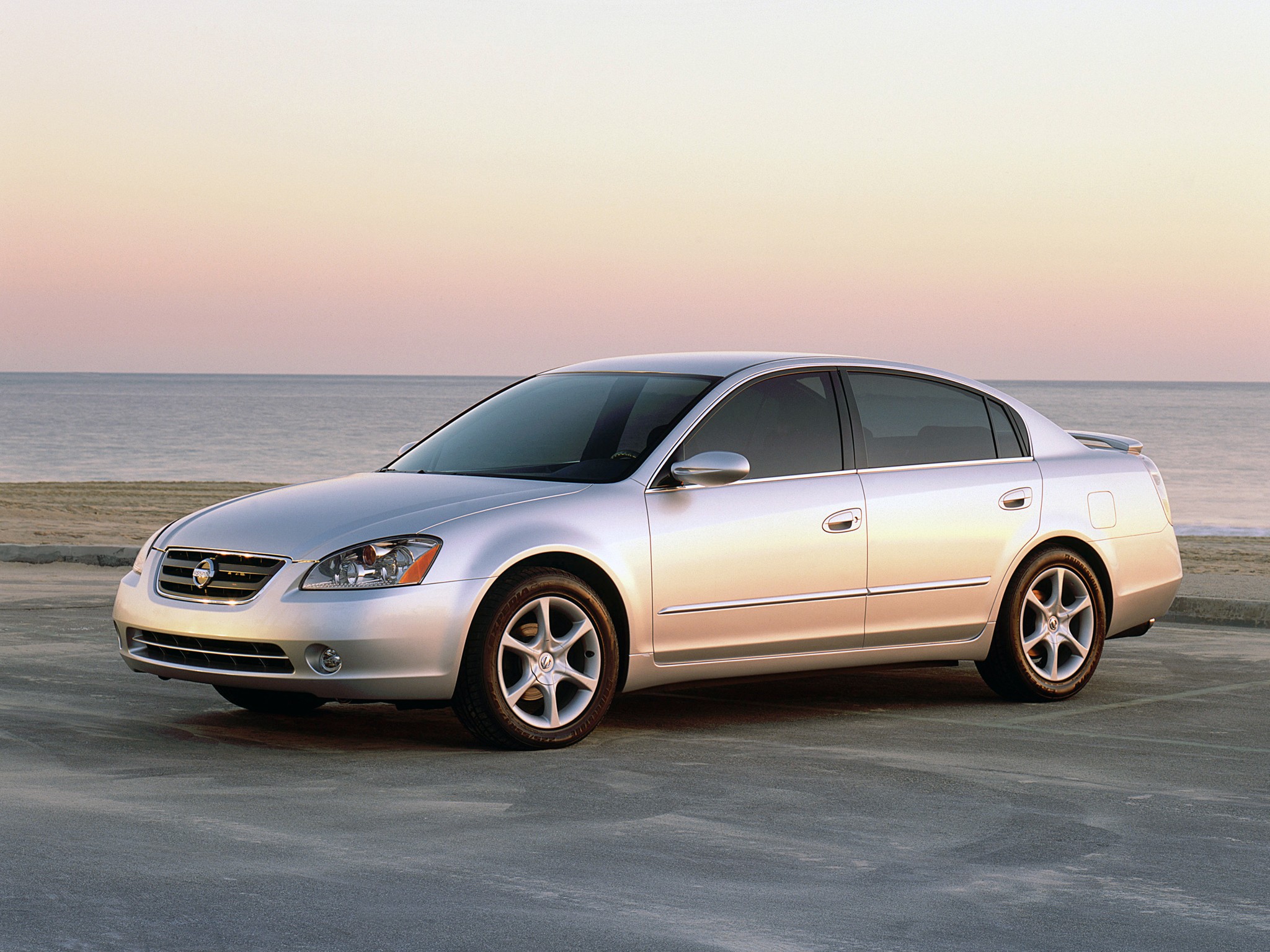
The most revolutionary model was the seventh generation (2019-2026): the world’s first mass-produced variable compression ratio engine (VC-Turbo) capable of smartly adjusting the compression ratio between 8:1 and 14:1, perfectly balancing performance and fuel efficiency. The ProPILOT driver assistance system also reached Level 2 autonomous driving capabilities.
However, emission regulations became the fatal blow that led to the discontinuation of the Nissan Altima.
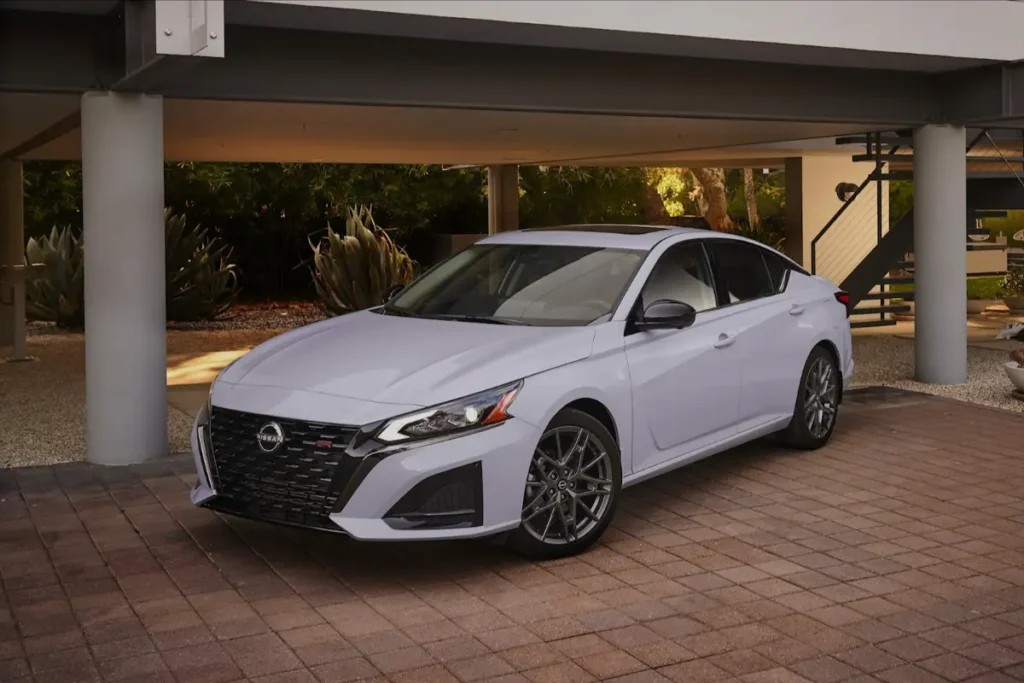
In 2027, the new regulations implemented by the US EPA require a 28% reduction in fleet average carbon emissions. Continuing production of midsize sedans will significantly increase compliance costs. Nissan stated: “Keeping the Altima would mean cutting production of more profitable SUVs, and the answer to that choice is obvious.”
The most revolutionary was the seventh-generation model: the world’s first mass-produced variable compression ratio engine (VC-Turbo), capable of intelligently adjusting the compression ratio between 8:1 and 14:1, perfectly balancing performance and fuel economy. The ProPILOT driving assistance system even achieved L2 level autonomous driving capability.
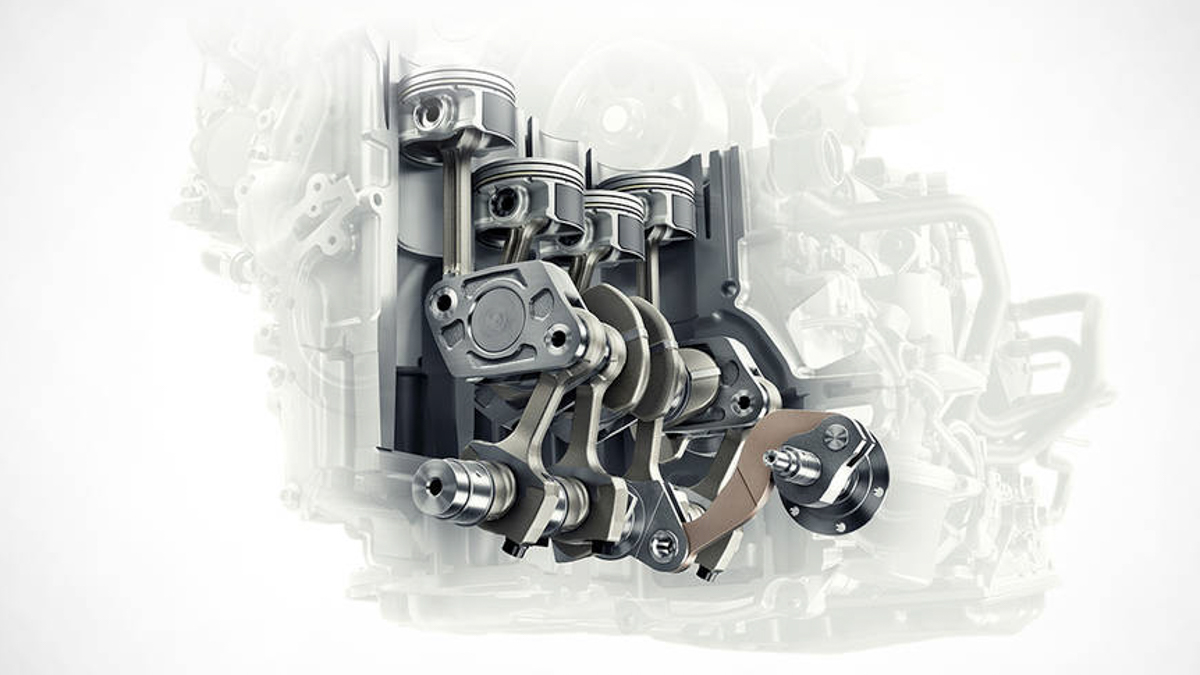
However, stringent emission regulations became the final blow. In 2027, the new regulations implemented by the US EPA require a 28% reduction in fleet average carbon emissions. Continuing production of midsize sedans will significantly increase compliance costs. Nissan’s R&D Director Takao Asami stated: “Keeping the Altima would mean cutting production of more profitable SUVs, and the answer to that choice is obvious.”
Nissan Versa
As one of the last models in the North American market with a starting price below $15,000, the Nissan Versa represents the final stronghold of affordable cars.
The first generation (2006-2011) was known for its spacious rear seating, earning it the nickname “a mobile living room”; the second generation (2012-2019), although smaller in size, improved fuel economy to 40 mpg (approximately 5.9L/100km).
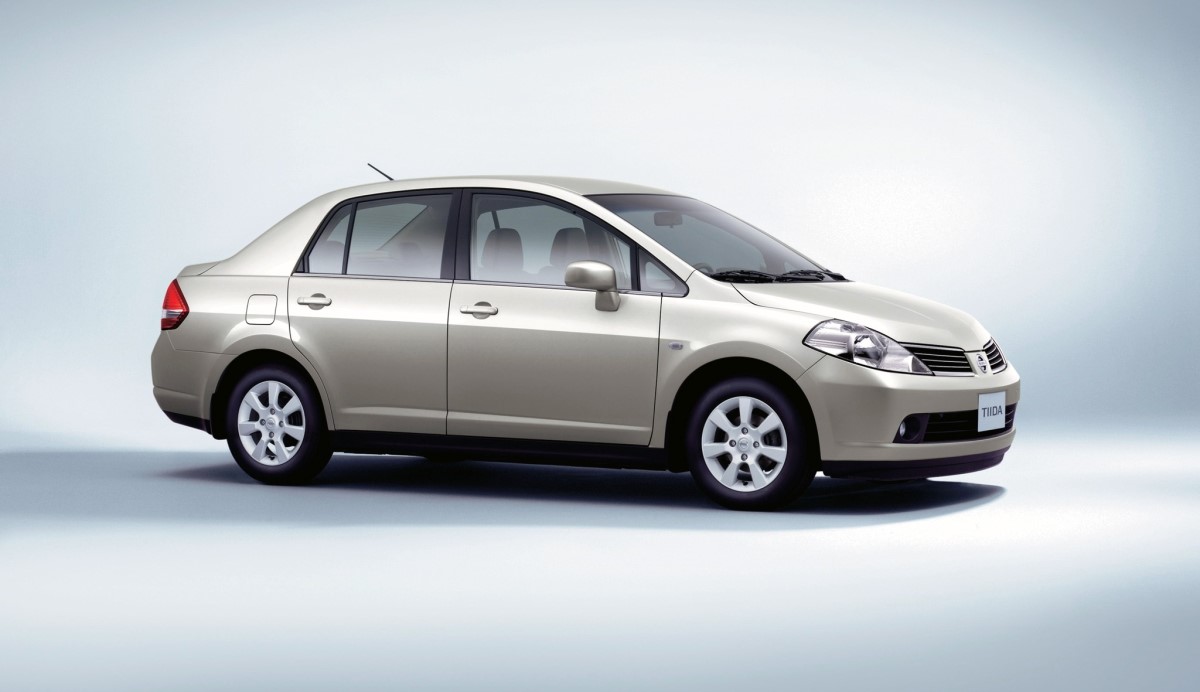
The current Versa (2020-2026) is built on the CMF-B platform, with its exterior design aligning closely with the Altima, even featuring the rarely seen multi-link independent rear suspension in its class.
However, a low price means slim profit margins: the net profit for each Versa is less than $800, while the profit for a Rogue SUV can be ten times that amount.
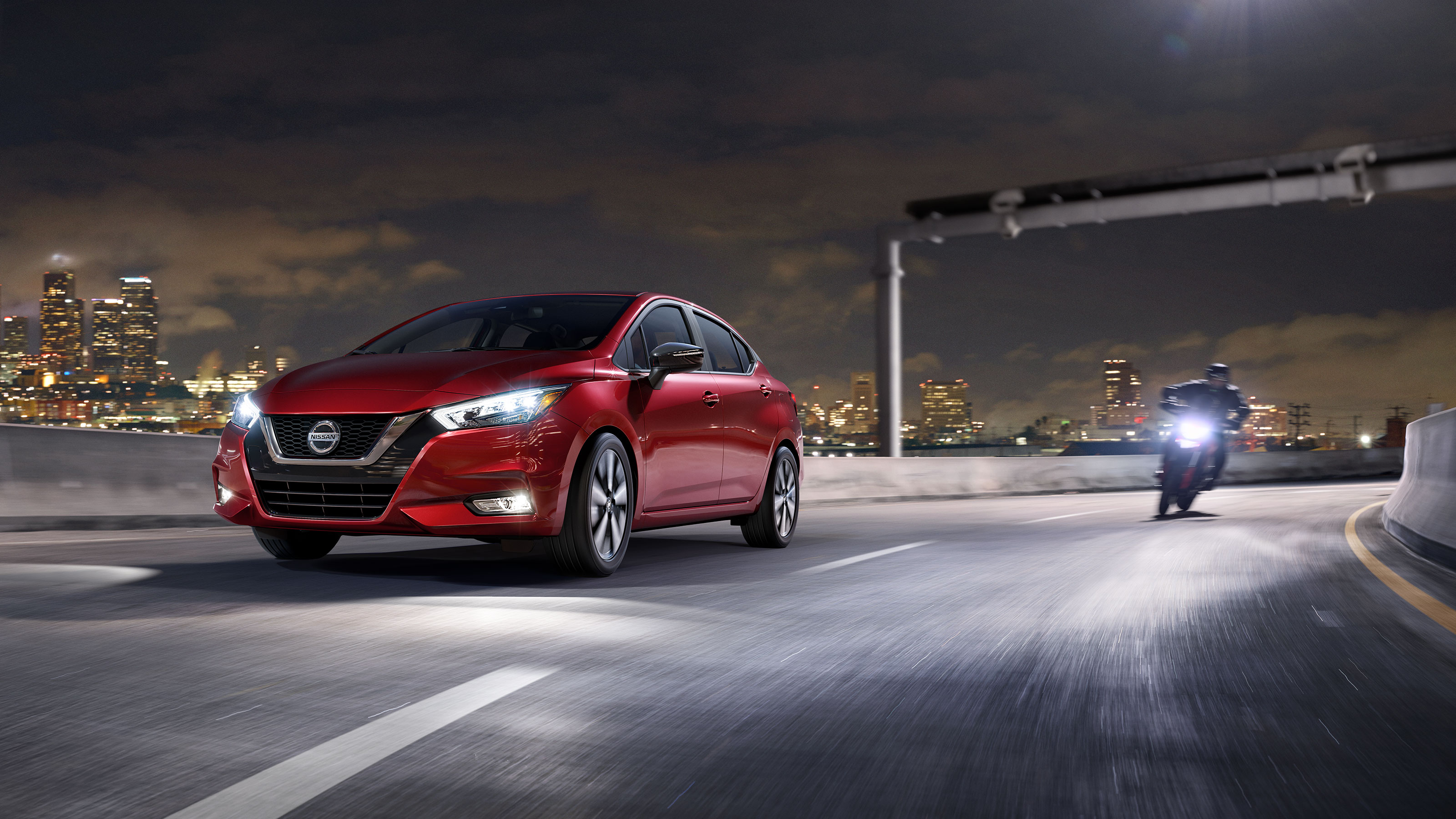
Sales Vice President Jérémie Papin revealed: “Consumers are now more willing to finance a $25,000 SUV than to purchase a $15,000 sedan outright.” In 2023, Versa sales plummeted to less than 30,000 units, making discontinuation inevitable.
Subaru Legacy
Few people know that the Legacy was originally designed as a civilian model to conquer rally stages. In 1990, the first-generation Legacy, equipped with the EJ series horizontally-opposed engine and symmetrical all-wheel drive system, directly gave rise to the Impreza STI that later dominated the WRC circuit. The stability in handling brought by its low center of gravity design remains a classic case in automotive engineering to this day.
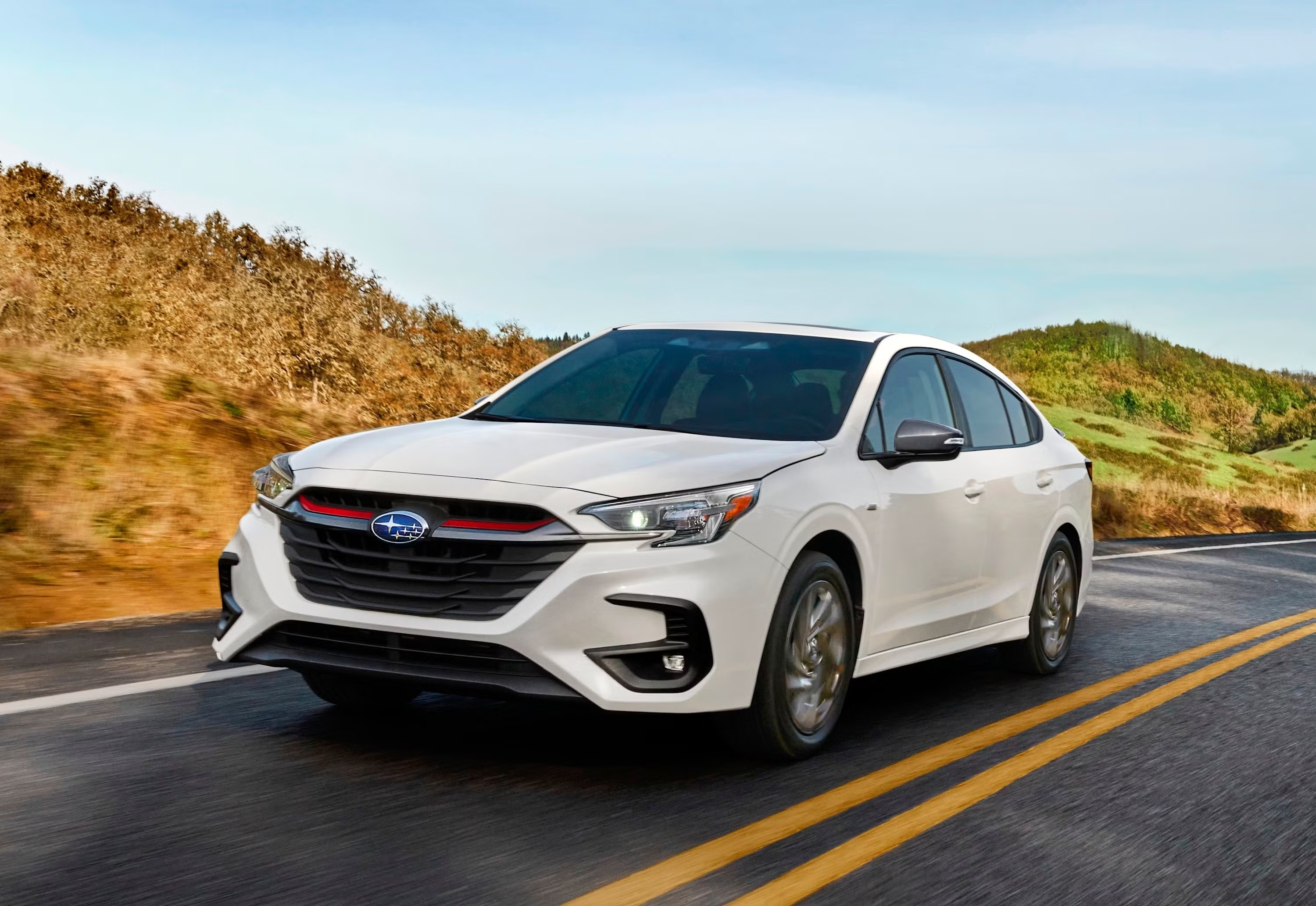
The fifth-generation Legacy (2019 model) was the first to feature the DriverFocus anti-fatigue driving system. In the North American market, the Legacy has been an IIHS Top Safety Pick for 15 consecutive years, and its reliability on icy and snowy roads has become legendary in North American mountainous regions.
However, despite these honors, only 12,000 units of the Legacy were sold in North America in 2022, less than one-tenth of the OUTBACK SUV.
Infiniti QX50/QX55
The predecessor of the QX50 is the EX series (2007-2013), which pioneered the design concept of combining coupe lines with SUVs.
The current QX50 (2018-2026) is equipped with the VC-Turbo engine, which is the culmination of 20 years of Nissan research, featuring variable compression ratio technology to optimize combustion efficiency in real-time.
This engine development cost over $2 billion and is one of the most complex internal combustion engines in the world.
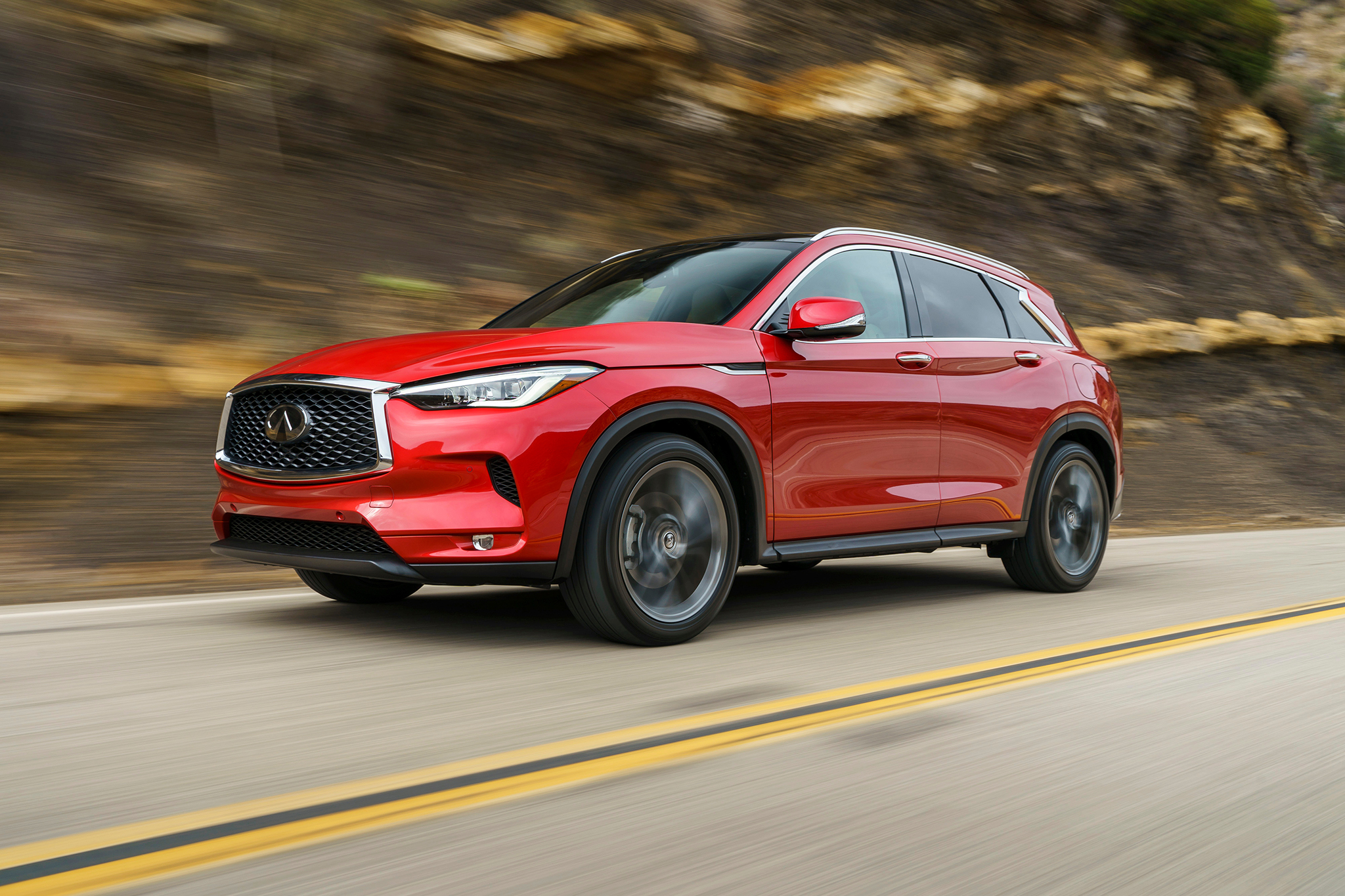
The QX55 (2021-2026), as the coupe SUV version, revives the classic fastback design of the 2003 FX series and is equipped with the ProPILOT Assist 2.0 driving assistance system.
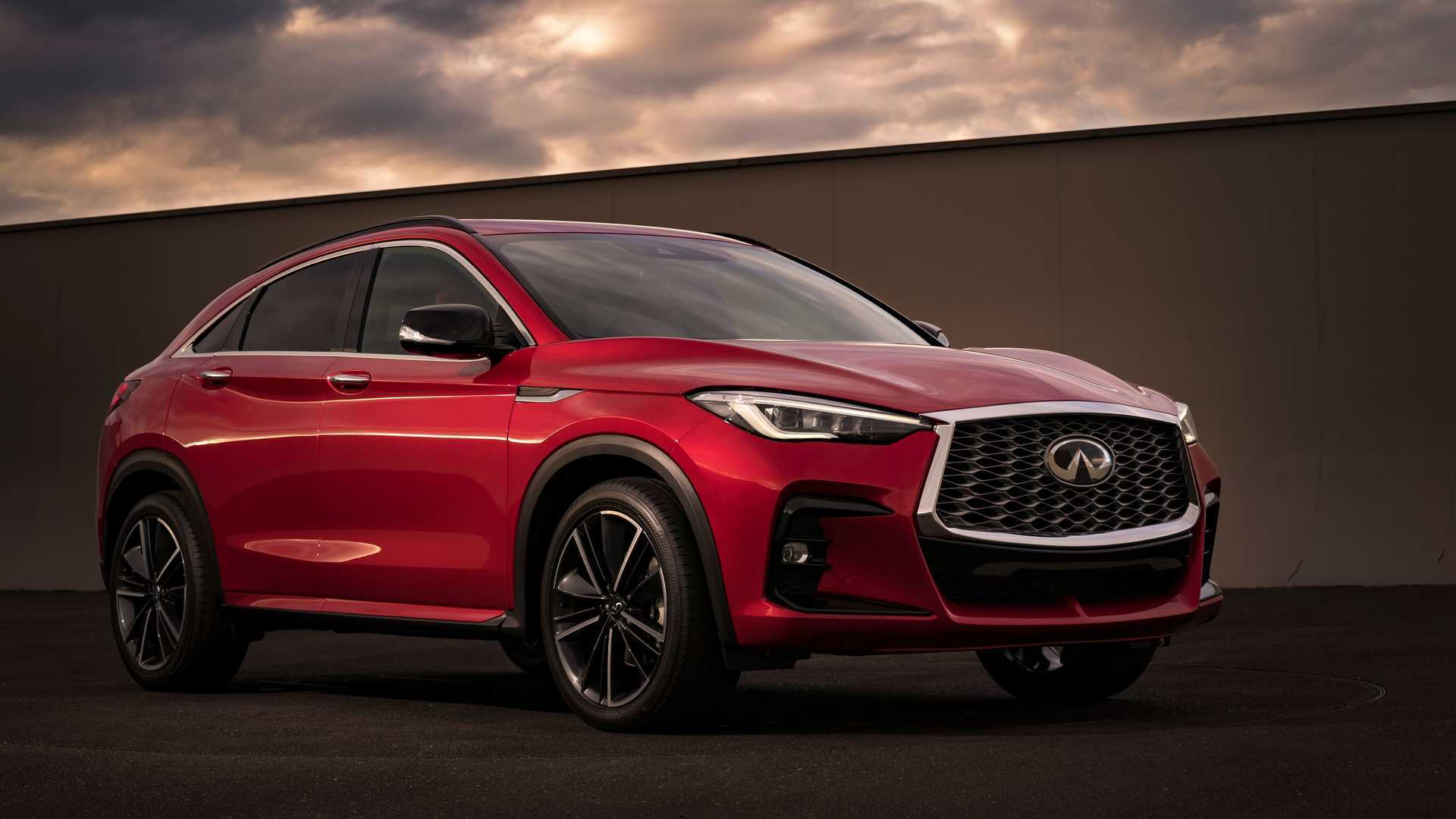
However, they are well-received but not popular, with combined sales of the QX50 and QX55 in 2023 falling short of 40,000 vehicles, while the R&D cost apportioned to each car exceeds $10,000.
Infiniti stated that it cannot continue bearing such high investment costs in fuel technology R&D. With Nissan fully transitioning to e-POWER hybrid technology, these masterpieces of fuel technology will become a thing of the past.
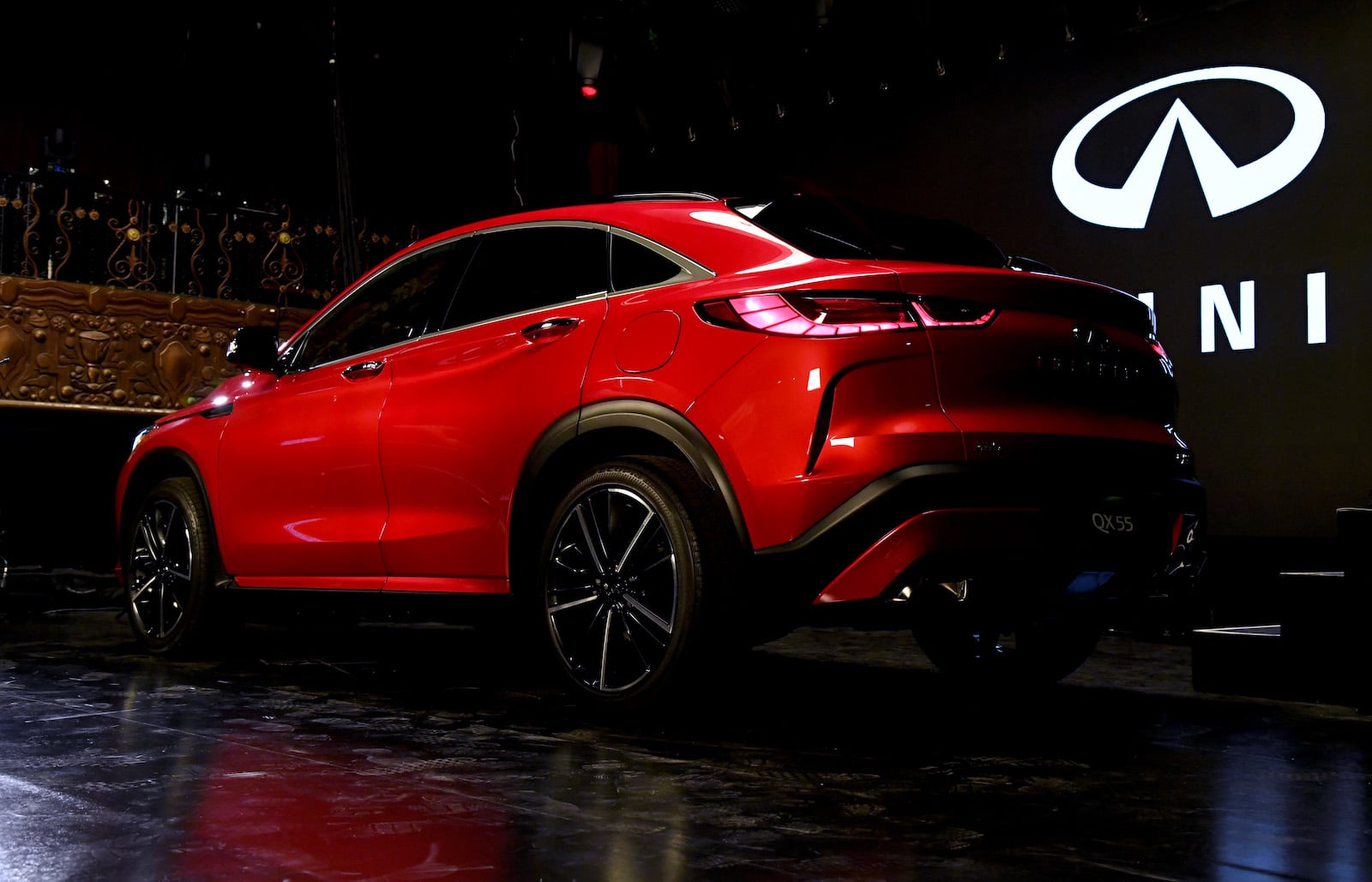
The collective discontinuation of these models not only marks the end of a product cycle but also symbolizes the final chapter of the internal combustion engine era. They once represented the pinnacle of automotive engineering, drove technological innovation, met consumer demands, and shaped driving culture.
If any infringement occurs, please contact us for deletionFollow Us
Trending News
2025 Toyota Aqua Released, Fuel Efficiency 35.4km/L, More Worth Buying Than Corolla
Kevin WongSep 03, 2025, 01:19 PM
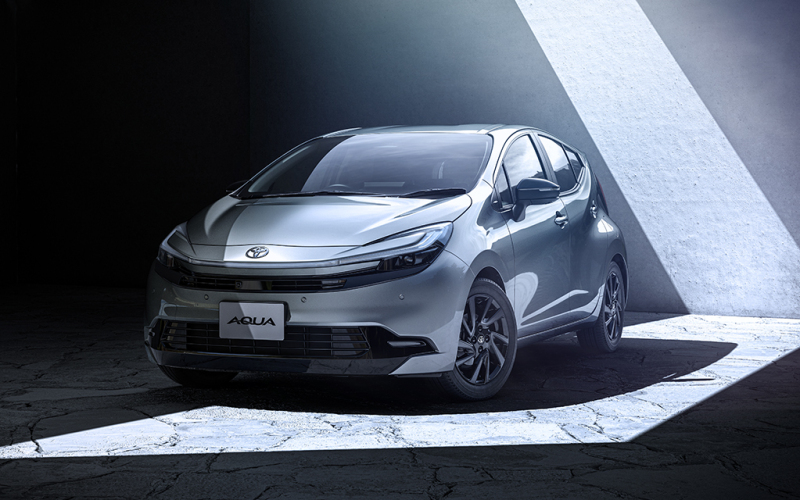
[PCauto] Against the backdrop of the global automotive market’s continuous transition toward electrification, the Toyota Aqua, as a compact hybrid model from the brand, has always been renowned for its high efficiency and practicality.
The 2025 Toyota Aqua has been officially unveiled recently, drawing market attention once again with multiple technological upgrades and high fuel efficiency.
This model is built on the TNGA-B platform, achieving a new breakthrough in fuel consumption performance while introducing advanced technological features and safety systems, aiming to meet the diverse needs of urban commuting and short-distance travel.
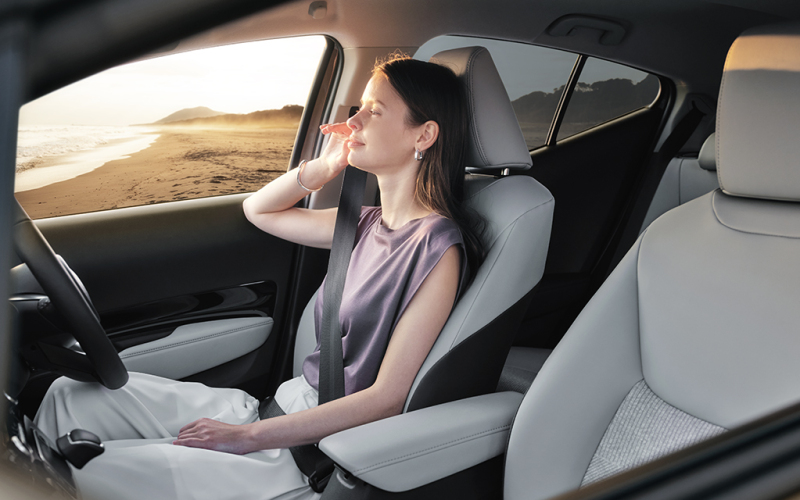
2025 Toyota Aqua Achieves Remarkable Fuel Efficiency Performance
The 2025 Toyota Aqua is equipped with a 1.5-liter M15A-FXE three-cylinder engine paired with an electric motor hybrid system, delivering a total system output of 116 horsepower and paired with an E-CVT transmission.

The most striking feature is its ultra-low fuel consumption performance. Under the WLTC test standard, the 2025 Toyota Aqua achieves a combined fuel consumption of 34.3 km/L, with city driving fuel consumption rated at 35.4 km/L and highway fuel consumption rated at 32.2 km/L, meaning it can travel approximately 34.3 kilometers per liter of fuel.
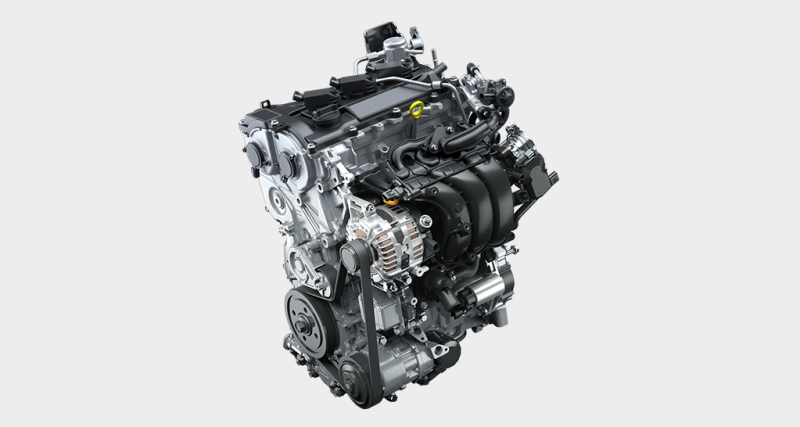
The new car adopts a bi-polar nickel-hydrogen battery for the first time, reducing volume compared to traditional batteries but doubling the power, supporting more efficient energy recovery and acceleration performance.
In addition, the introduction of a single-pedal mode achieves an operation experience similar to that of a pure electric vehicle through the kinetic energy recovery system, reducing the use of the brake pedal and enhancing driving convenience and energy efficiency.

Technology and Safety Features are Another Highlight of the 2025 Toyota Aqua
The Smooth Stop braking system is applied to compact models for the first time, effectively suppressing body forward tilt and jerking during braking through precise control of front and rear braking forces, enhancing ride comfort.
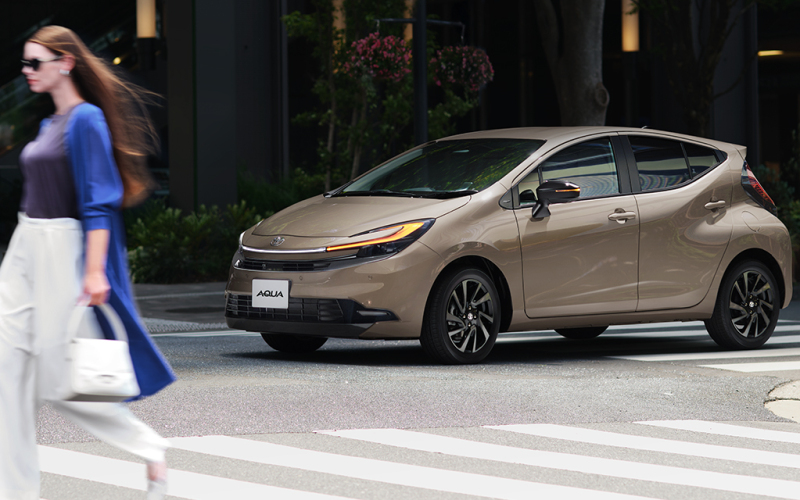
The Toyota Safety Sense 3.0 safety package includes a new PDA (Proactive Driving Assist) function, which can identify pedestrians, bicycles, and parked vehicles, actively intervening in steering and braking to reduce collision risks.
Standard features also include full-speed adaptive cruise control (ACC), lane tracing assist (LTA), and an automatic parking function.
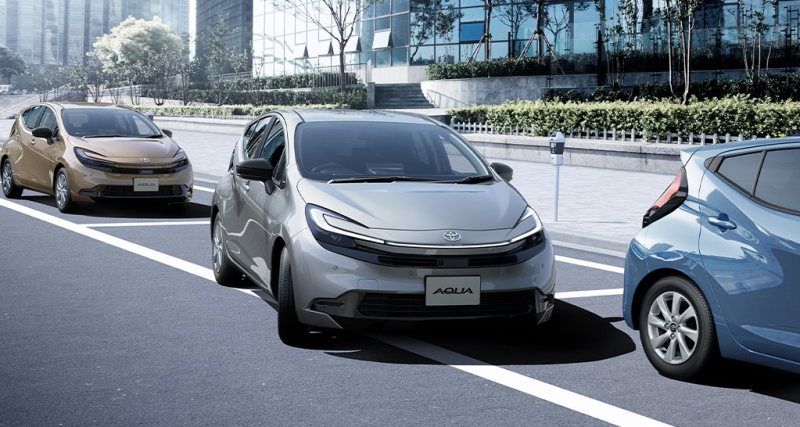
In terms of intelligent connectivity, the 2025 Toyota Aqua is equipped with a 10.5-inch floating central control screen, an electronic gear lever, and a panoramic camera, supporting Android Auto and other smartphone connectivity features.
Higher-end trims feature premium amenities such as front seat massagers, headrest-mounted speakers, and ambient lighting, enhancing both driver and passenger comfort.
2025 Toyota Aqua Upgraded Interior Space
The 2025 Toyota Aqua has been upgraded based on the TNGA-B platform, with the wheelbase extended by 50mm to 2600mm. The body dimensions are 4080×1695×1485mm (1505mm for the roof rack version), with interior space comparable to the Corolla, offering passengers more spacious legroom and headroom.
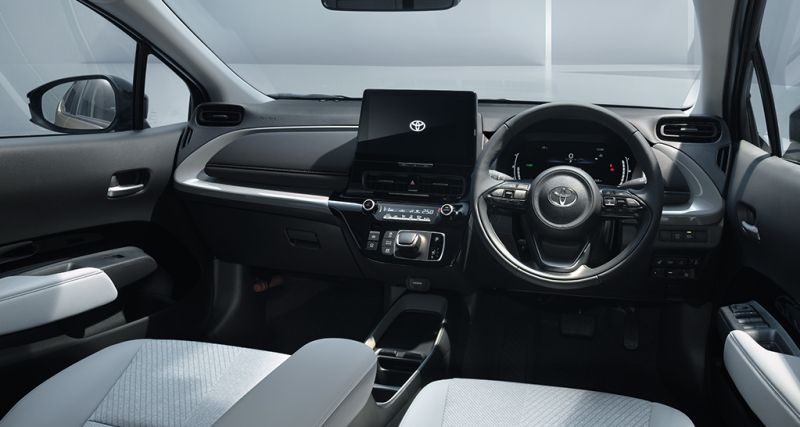
The trunk design supports a lower floor extension, enhancing load capacity and practicality.
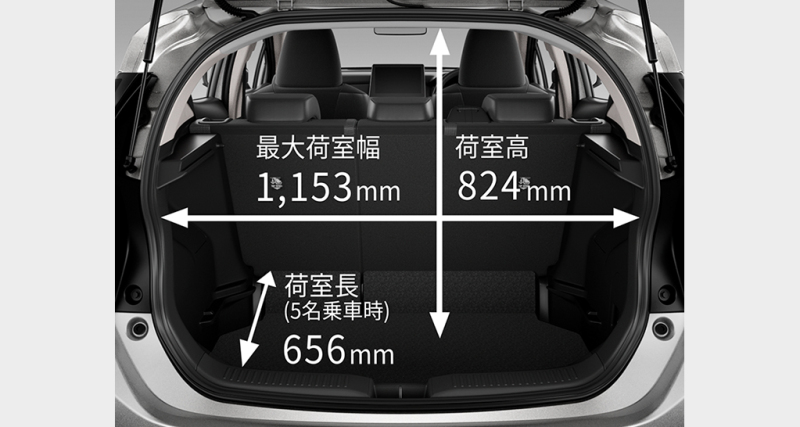
In addition, the sporty GR Sport version features exclusive front bumpers, 17-inch cut wheels, red calipers, and an upgraded suspension system, improving the vehicle’s handling stability and visual appeal.
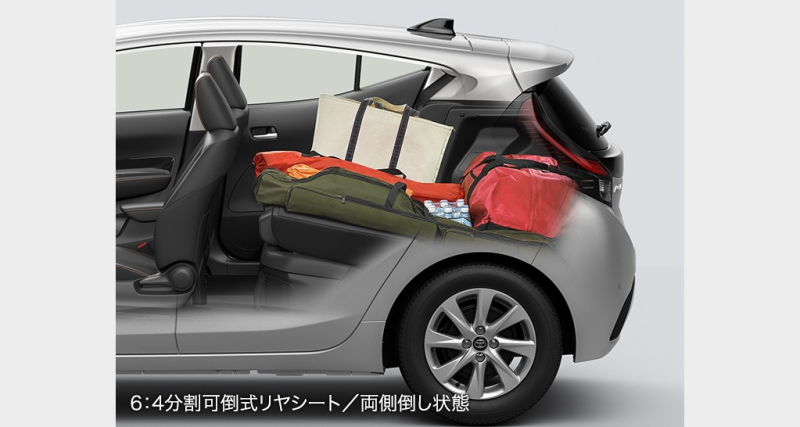
Toyota Aqua Offers Better Value for Money Than the Corolla
The 2025 Toyota Aqua is priced between 2,824,800-3,022,800 yen in Japan, equivalent to approximately 81,000 MYR – 86,000 MYR. This price range positions it as a more cost-effective option compared to the Toyota Corolla.
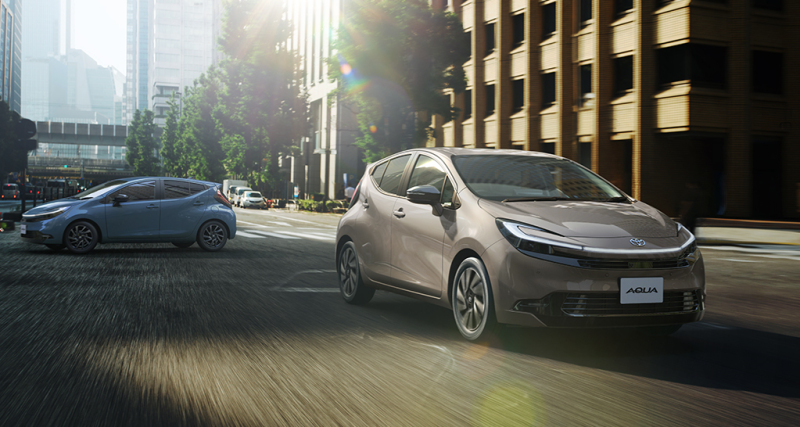
The 2025 Toyota Aqua achieves a balance of energy efficiency, technology, and practicality through technology sharing and platform upgrades.
Its low fuel consumption, advanced safety features, and space optimization make it particularly suitable for urban commuting and short-distance travel scenarios, continuing Toyota’s traditional advantages in the hybrid field.
If any infringement occurs, please contact us for deletionFollow Us



